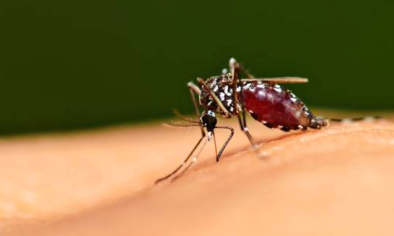Forbidding Forecast For Lyme Disease In The Northeast

Keesing and Ostfeld, who have studied Lyme for more than 20 years, have come up with an early warning system for the disease. They can predict how many cases there will be a year in advance by looking at one key measurement: Count the mice the year before.
The number of critters scampering around the forest in the summer correlates to the Lyme cases the following summer, they've reported.
The explanation is simple: Mice are highly efficient transmitters of Lyme. They infect up to 95 percent of ticks that feed on them. Mice are responsible for infecting the majority of ticks carrying Lyme in the Northeast. And ticks love mice. "An individual mouse might have 50, 60, even 100 ticks covering its ears and face," Ostfeld says.
...
Since the early '90s, reported cases of Lyme disease have tripled, to about 30,000 cases each year. The CDC thinks the actual number is 10 times higher.
"We think the true burden of Lyme disease in the U.S. is about 300,000 cases," Kugeler says. "Lyme disease is quite a big public health problem."
The reasons for this Lyme explosion are many, Ostfeld says. Climate change is part of it. The surge in deer — which feed ticks and spread them around — has also been a factor.
But Ostfeld has found another reason, something that happened more than 200 years ago.
Today the Hudson River Valley in upstate New York is gorgeous. The hills are covered with oak forests, and the valleys are patchworks of hayfields and farms.
But Ostfeld says the area didn't always look like this. When the Europeans came here hundreds of years ago, they clear-cut nearly all of the forests to plant crops and raise livestock.
"They also cut down trees for commercial use," Ostfeld says, "to make masts for ships, and for firewood."
Since then a lot of the forest has come back — but it's not the same forest as before, he says. Today it's all broken up into little pieces, with roads, farms and housing developments.
For mice, this has been great news.
"They tend to thrive in these degraded, fragmented landscapes," Ostfeld says, because their predators need big forests to survive.
Without as many foxes, hawks and owls to eat them, mice crank out babies. And we end up with forests packed with mice — mice that are chronically infected with Lyme and covered with ticks.
Related Content




